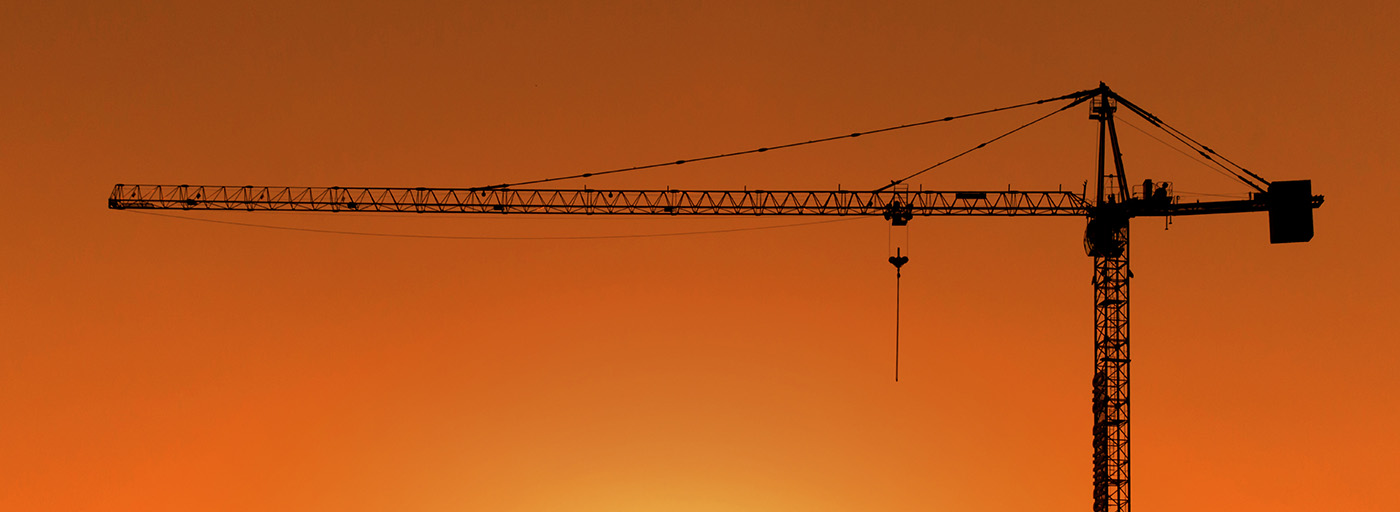
CSGP Assistance
Runoff from construction sites can modify pH and transport fine sediments and other pollutants that create cost and risk to a downstream receiving water or infrastructure. Practicing good sediment and erosion control at all construction sites can help reduces costs and liabilities to the project while protecting our waters. Construction sites both large and small have impacts on the environment and it requires a cooperative effort across the landscape to achieve positive environmental outcomes while continuing to develop.
For assistance or more information about the Construction Stormwater Assistance Program please contact:
Brandon Boyd
Construction Permit Coordinator
Below are the major components to meeting the requirements of the Construction Stormwater General Permit (CSGP). The information is broken into categories for easy reference. However, this does not take the place of reading your permit and associated resources which can be found on the Washington Department of Ecology website.
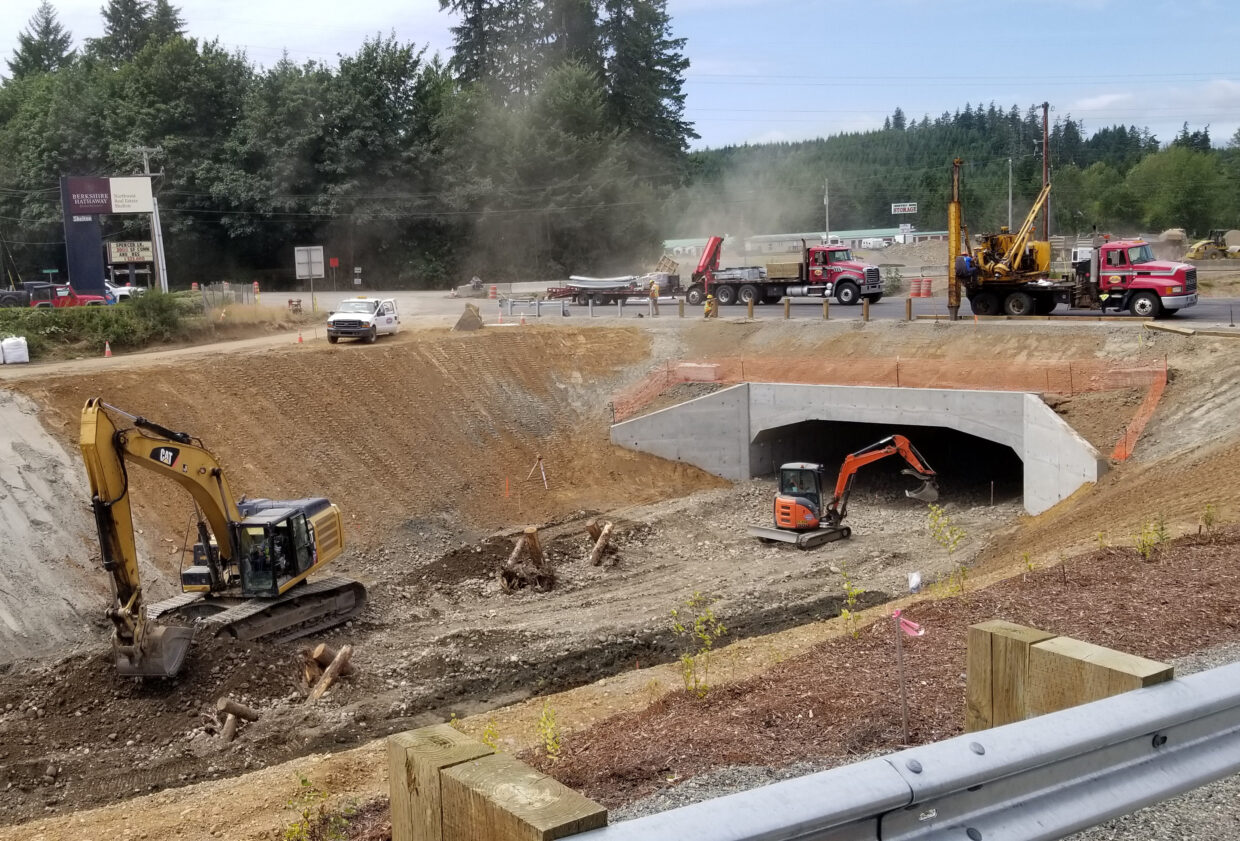
Do I Need a CSGP?
Every construction project is unique, and determining whether you need coverage under the Construction Stormwater General Permit (CSGP) can be straightforward in some cases but confusing in others.
Elements of the Permit
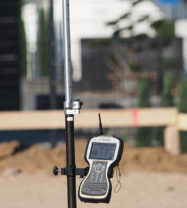
There is quite a lot of research that should be conducted prior to completing the Notice of Intent (NOI) and the Stormwater Pollution Prevention Plan (SWPPP) for your site. Factors such as site history, soil type, local regulations, and more will affect how you plan.

There are several online accounts you must set up before you are able to access and submit permit documents. These accounts include a Secure Access Washington (SAW) account, A Department of Ecology Signature account, and Ecology’s WQ Web Portal.
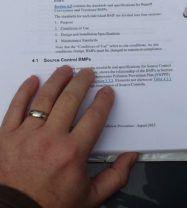
Your SWPPP describes what you are doing, how you do it, and what BMPs you are going to implement to achieve your project outcome while maintaining permit compliance. This plan outlines what the project compliance expectations are and what tools and techniques the site will implement to achieve those outcomes.
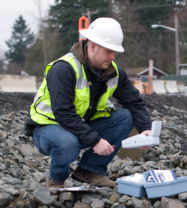
You must conduct site inspections at least once per week as well as within 24 hours of a storm event or snowmelt resulting in discharge from the site. Weekly water quality sampling is also required when sites have stormwater discharge and sampling is a critical component in ensuring compliance with the permit.

Sampling is a critical component in ensuring compliance with the permit. The goal of sampling is to demonstrate that your BMPs are effective and that downstream water quality is protected.
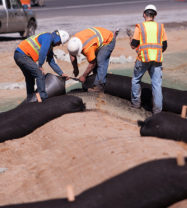
There are a variety of Best Management Practices (BMPs) available to control erosion and prevent sedimentation on a construction project. These include operational, covering and perimeter controls, and more.
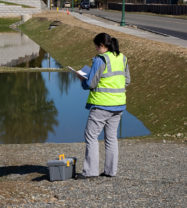
Every permitted construction project has a significant amount of paper to manage such as inspection and sample logs as well as your DMR. This section goes over how to generate these reports and which need to remain on site.
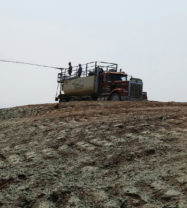
Looking to achieve compliance with the Washington State Construction Stormwater Permit can be a complex and challenging process. While there are basic requirements that must be met, there are additional factors that can impact compliance.
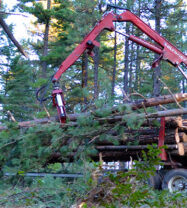
The State Environmental Policy Act (SEPA) is a state law in Washington that requires state and local agencies to consider the potential environmental impacts of proposed projects before making decisions. This process is required for most sites requiring stormwater permit coverage.


